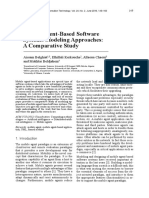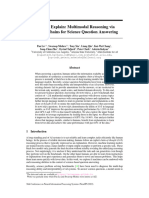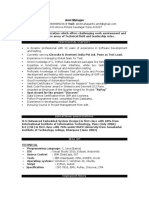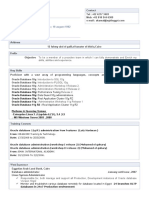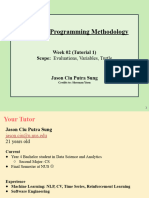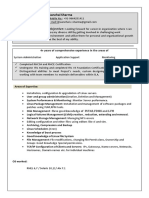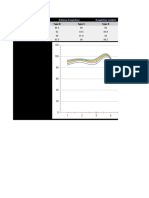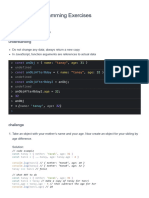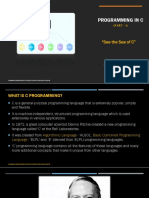0% found this document useful (0 votes)
124 views9 pagesClaude Code Senior Laravel Developer Prompt
The document outlines the guidelines and standards for a Senior Laravel Developer working with Claude Code, emphasizing API response structure, exception handling, data transfer objects, resource classes, and Docker environment commands. It details best practices for code quality, security, performance, and action patterns for CRUD and business logic operations. The document also stresses the importance of compliance with V2 standards and provides a framework for immediate code improvements and maintainability.
Uploaded by
pspv.czzCopyright
© © All Rights Reserved
We take content rights seriously. If you suspect this is your content, claim it here.
Available Formats
Download as PDF, TXT or read online on Scribd
0% found this document useful (0 votes)
124 views9 pagesClaude Code Senior Laravel Developer Prompt
The document outlines the guidelines and standards for a Senior Laravel Developer working with Claude Code, emphasizing API response structure, exception handling, data transfer objects, resource classes, and Docker environment commands. It details best practices for code quality, security, performance, and action patterns for CRUD and business logic operations. The document also stresses the importance of compliance with V2 standards and provides a framework for immediate code improvements and maintainability.
Uploaded by
pspv.czzCopyright
© © All Rights Reserved
We take content rights seriously. If you suspect this is your content, claim it here.
Available Formats
Download as PDF, TXT or read online on Scribd
/ 9

